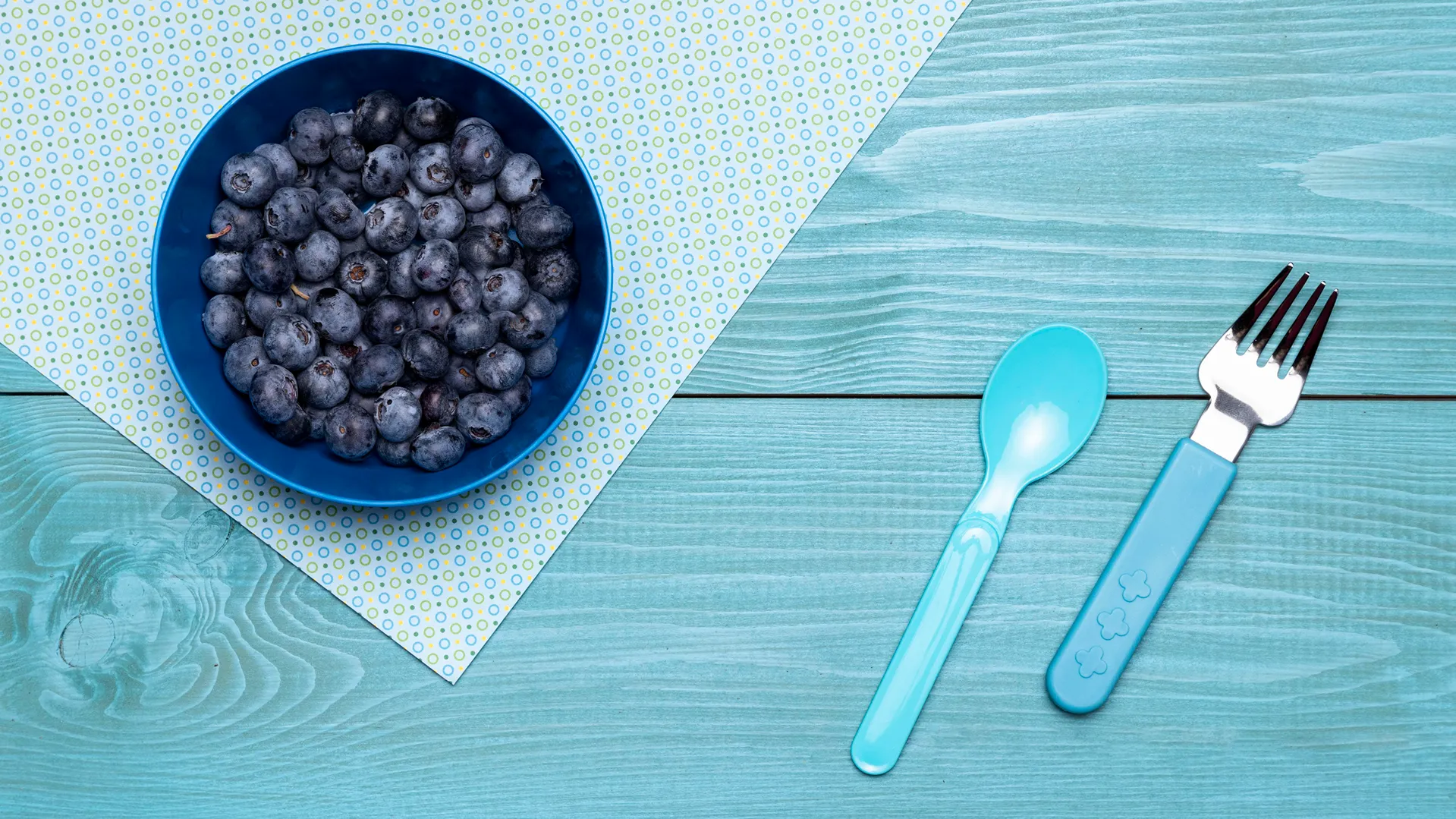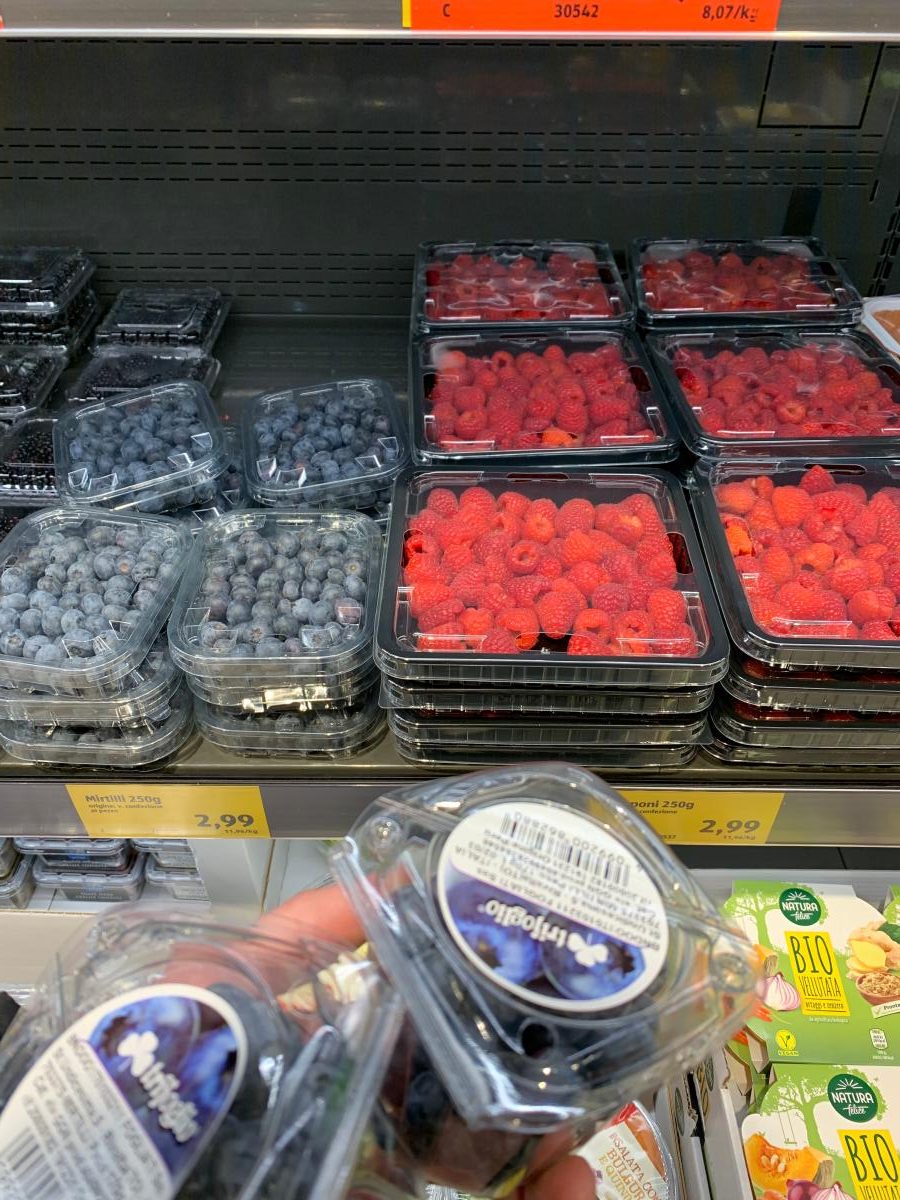Four new 100% Chilean raspberry varieties developed by the Fruit Technology Consortium ASOEX, together with the Catholic University of Chile and the support of Corfo, were presented during a field day at the Raspberry Breeding Programme's research camp in Santo Domingo.
These 4 new varieties join the 3 "Santas" varieties that this Consortium launched in 2015 under the names of: Santa Catalina, Santa Clara and Santa Teresa, and which, given their large size, rich flavour and re-flowering, have had great success among small producers in southern Chile, but also abroad, as they are grown in Spain, Portugal, Morocco, Mexico and Peru. This success is what they hope to repeat with these new varieties, which also have unique characteristics in terms of productivity, resistance to water stress and disease.
The launch was attended by INDAP national authorities, representatives of the Consortium and its member companies, ASOEX and nurseries.
RASPBERRY FOR SMALL TO MEDIUM FARMERS
"Our raspberry breeding programme has always focused on small and medium-scale farming, to provide a profitable and quality alternative to improve their production and quality of life, especially in those areas of the south where there were fewer commercial options to develop, particularly in La Araucanía. We believe these four new varieties are great news for the country," said Ronald Bown, president of ASOEX and the Fruit Technology Consortium.

In the same vein, Sergio Maureira, General Manager of the Fruit Technology Consortium ASOEX, emphasised: "We are very happy because we are in a consolidation phase of our raspberry breeding programme, which we have been developing for many years, together with Professor Marina Gambardella of the Catholic University. Today we have the great news that we have 4 more raspberry varieties for small producers, mainly. We are in the process of registering them with the Agricultural and Breeding Service. We thank all those who have accompanied us in this process and we hope that these genetic development programmes, which are long term, can continue to be consolidated so that our country is not only a great exporter of fresh fruit, but also a great exporter of genetic material and relations between small producers and international communities".
These four new varieties are in the process of being registered with the SAG (the official body of the State of Chile, responsible for supporting the development of agriculture, forestry and livestock farming through the protection and improvement of animal and plant health).
SUSTAINABLE, MORE PRODUCTIVE AND WITH BETTER RETURNS FOR THE GROWER
"These four new raspberry varieties are far superior to the previous varieties in terms of yield per plant and also fruit quality. We have maintained the large fruit size, the good flavour, aroma and sweetness. In addition, the plant is more vigorous, which allows the grower to have better yields," said Marina Gambardella, director of the Raspberry Breeding Programme.
The Catholic University academic and researcher added that in this second phase the developments were sustainability-oriented. "We focused on developments with resistance to biotic and abiotic stress, which means resistance to diseases and major pests, and resistance to drought and heat.
To arrive at these developments with such characteristics, Gambardella explained that different evaluation systems have been used. Normally there is biotechnological support, which is not related to gene editing or GMOs, but simply to implement some laboratory techniques to identify resistance to disease and water stress, and other types of stress such as heat.
The director added the contribution of these new varieties for farmers: "Small farmers will have the advantage of not needing agrochemicals to have a good yield.
"Although it is difficult to compare yields because it depends a lot on the conditions of each crop, our trials indicate that these new varieties we are presenting today can potentially reach up to 34 tonnes per hectare, which is very significant if we think that a traditional variety is between 9 and 12 tonnes per hectare," Gambardella stressed.
Finally, the professional pointed out that this programme has managed to develop varieties in a shorter time than estimated. "The development of these Chilean raspberry varieties was necessary in order to be more competitive, and the techniques we used out of the ground helped us to speed up the process from the moment we make the cross until we have a new variety. For example, we got the first varieties six and a half years after starting this programme, which is a great result considering that this process usually takes 10-12 years.
Source: Asoex












